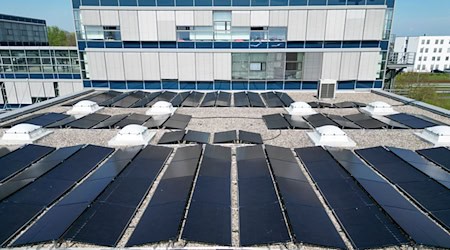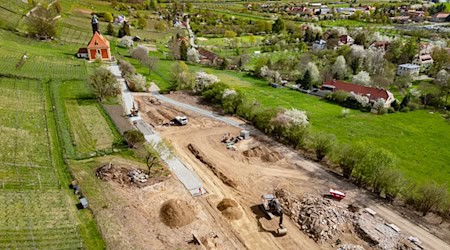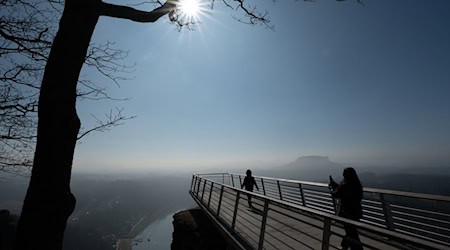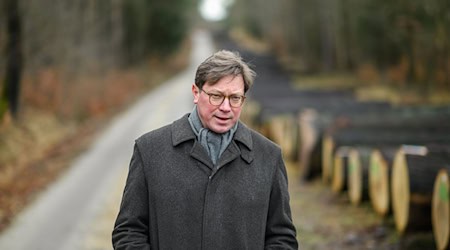March was cold and dry in Saxony, but not lacking in sunshine. With 25 liters per square meter, only about half of the precipitation target (47 liters) fell. In a nationwide comparison, however, the Free State is still in a good position, according to the German Weather Service. "Significant precipitation events at the end of the month contributed to the fact that the drought was not quite as extreme as in many other regions of Germany."
Many frosty nights in the Ore Mountains
Saxony stood out nationwide on the freezing cold night of March 18. At -11.2 degrees in Deutschneudorf-Brüderwiese, it was reportedly colder than anywhere else in the entire month. There were more than 20 days of night frost in the Ore Mountains. According to the meteorologists, Saxony and Thuringia were the federal states with the lowest average temperature. At 5.4 degrees, it was nevertheless above the long-term average of the international reference period 1961-1990 of 4.1 degrees.
On the other hand, the sun shone comparatively often. It lasted 197 hours - the long-term average is 110 hours.
Copyright 2025, dpa (www.dpa.de). All rights reserved










